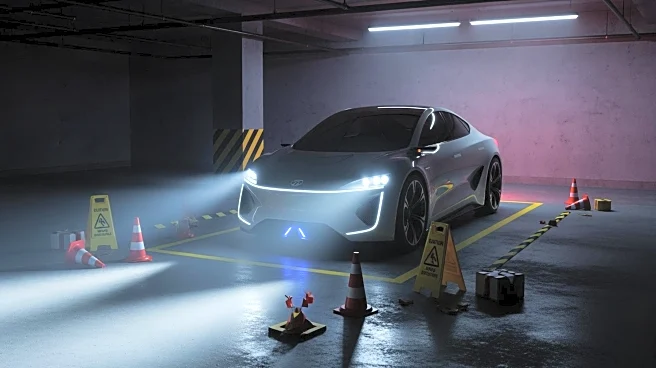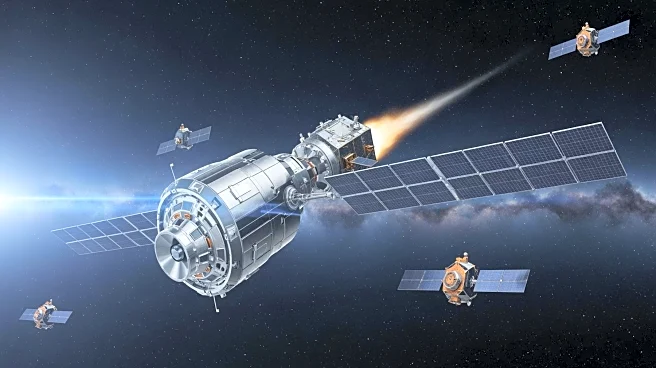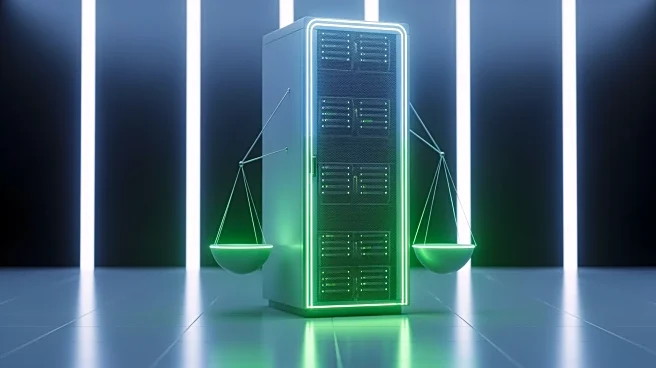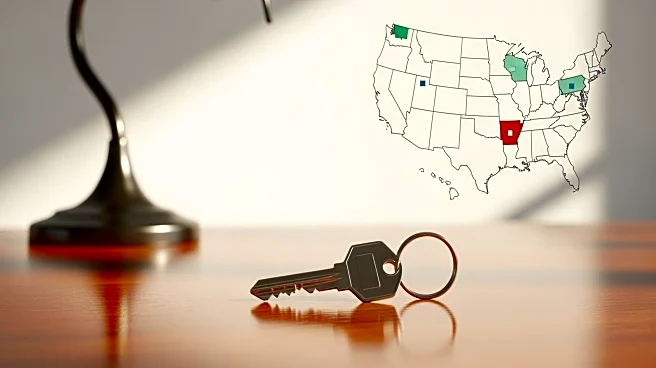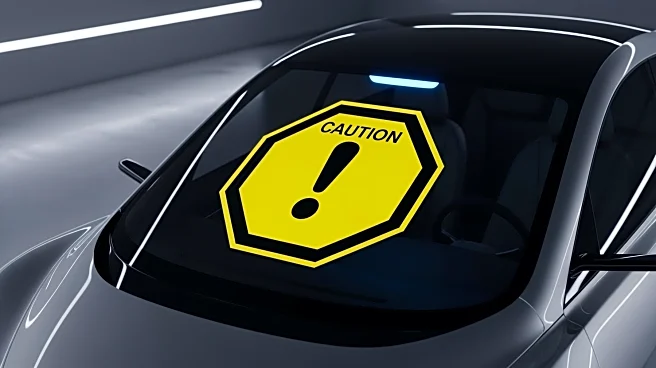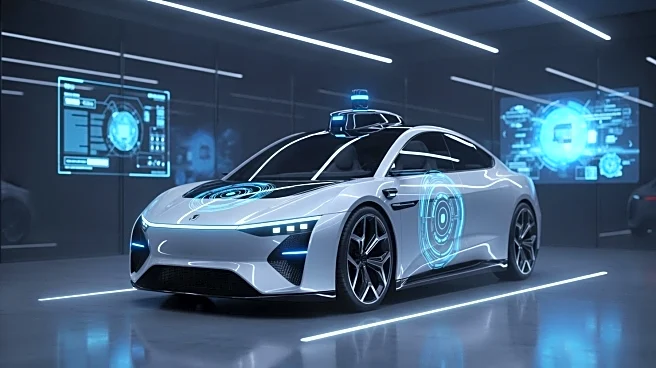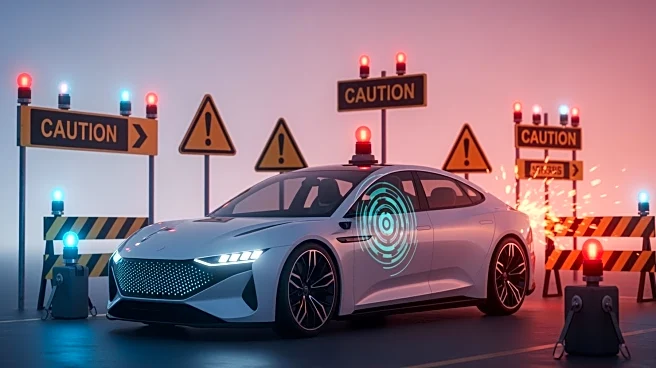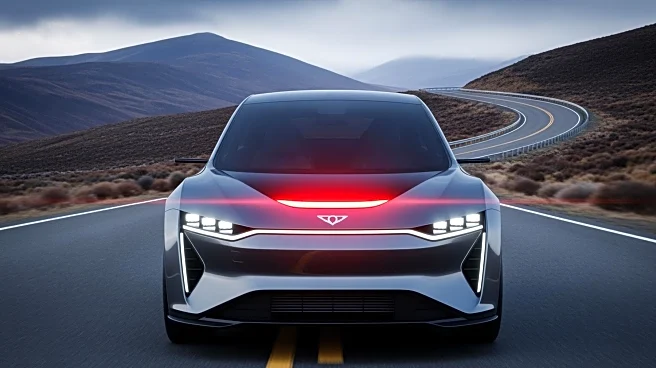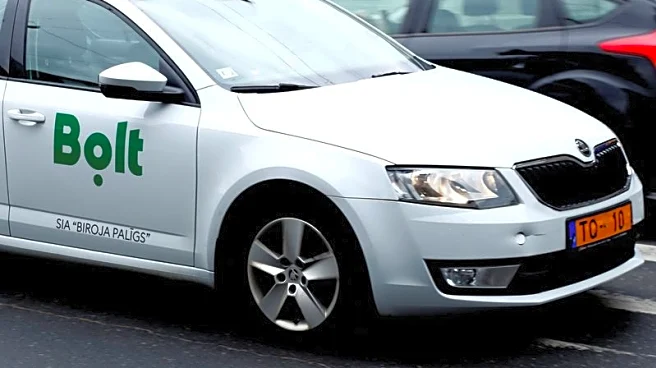What's Happening?
Tesla's self-driving technology is under scrutiny following a court case in Florida where the company was found partially liable for a crash involving its autopilot system. The incident, which resulted in the death of Naibel Benavides Leon and critical
injuries to Dillon Angulo, highlighted potential flaws in Tesla's reliance on camera-based sensors. Critics, including Dr. Missy Cummings, argue that Tesla's approach lacks the necessary safety measures provided by additional sensors like LiDAR and radar. The case has raised concerns about the safety of Tesla's self-driving cars, which are now being tested on Australian roads.
Why It's Important?
The scrutiny of Tesla's self-driving technology underscores the broader debate about the safety and readiness of autonomous vehicles. As Tesla continues to market its vehicles as having advanced autopilot capabilities, incidents like the Florida crash raise questions about the reliability of such systems. The outcome of the court case could influence public perception and regulatory approaches to self-driving technology. It also highlights the potential risks for drivers and other road users, emphasizing the need for comprehensive safety measures and regulations in the autonomous vehicle industry.
What's Next?
As Tesla's self-driving cars are introduced to new markets, including Australia, regulatory bodies are working to establish frameworks to ensure their safe operation. The Australian government is collaborating with state and territory authorities to develop laws for automated vehicles. Meanwhile, Tesla faces ongoing legal and public relations challenges as it navigates the implications of the Florida court ruling. The company may need to address safety concerns and enhance its technology to meet regulatory standards and public expectations.
Beyond the Headlines
The case against Tesla highlights ethical considerations in the deployment of autonomous technology. The reliance on drivers to remain vigilant despite the presence of autopilot features raises questions about responsibility and accountability. The incident also points to the potential for technology to outpace regulatory frameworks, necessitating a balance between innovation and safety. As autonomous vehicles become more prevalent, these issues will likely shape the future of transportation policy and consumer trust in self-driving technology.
